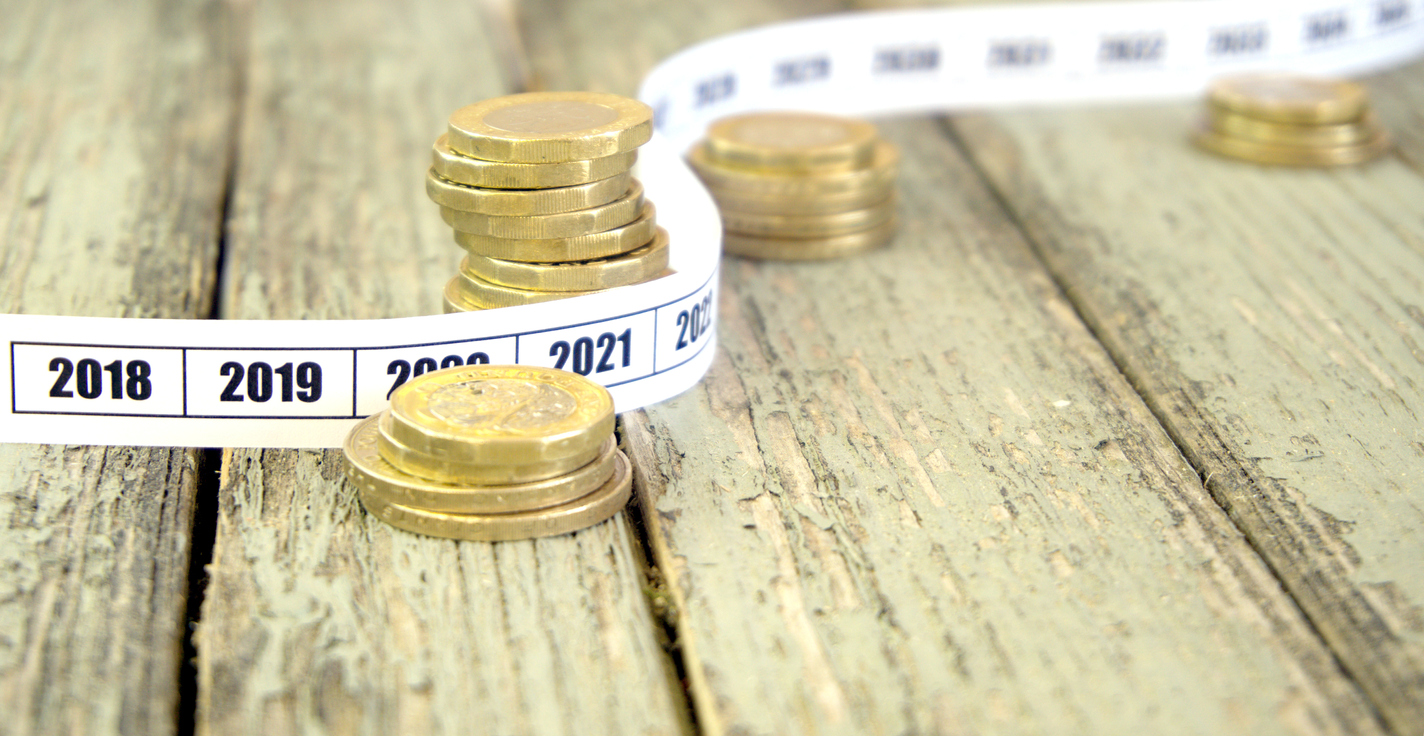
With several factors putting the dampeners on income just now, including tax increases due to take effect this year, now is a good time to make sure that you’re making full use of any tax allowances that are available.
One of the services we provide at FAS is to help our clients ensure their income, their investments and their savings are as tax-efficient as possible. Why is this important? Because taxes can become a significant drag on the performance of your assets, and could reduce your overall wealth. Even small amounts can really add up over the years. While tax efficiency should never be the primary consideration of any investment decision, it makes sense to take advantages of any tax allowances you are entitled to.
What current tax issues should you be aware of?
Earlier in 2021 (back in March, to be precise) Chancellor Rishi Sunak announced that all income tax thresholds would be frozen at current levels until 2026. This was confirmed in the October Budget announcement. This means:
- The amount of money that people can earn tax-free stays at £12,570.
- The ‘basic rate’ tax band for earnings of between £12,571 to £50,270 remains at 20%
- Earnings of £50,271 to £150,000 will be taxed at the ‘higher rate’ of 40%
- Anything over £150,000 will be taxed at the ‘additional rate’ of 45%
Of course, while a tax ‘freeze’ doesn’t sound too worrisome on its own, the government is counting on it earning them more revenue, as earnings rising with inflation will push more people over the thresholds, thereby leading them to pay more in tax. As a reminder, consumer price inflation in Britain reached 4.6% in November, its highest level in nearly a decade, thanks in part to soaring energy prices pushing up household bills. We expect inflation to ease later in the year and into 2023, but even so, the squeeze from higher costs and an increased tax burden is likely to be felt by many this year.
National Insurance is on the rise
One tax that is on the rise is National Insurance. From April 2022, employees, employers and the self-employed will all pay an extra 1.25p in the pound in National Insurance. This move was announced in September, and the additional income generated will be used to help fund health and social care costs. The increase is expected to cost an employee earning £20,000 an additional £130 each year, whereas someone earning £50,000 can expect their National Insurance contributions to increase by more than £500. From April 2023, National Insurance will return to its current rates, but the extra tax will stay in place – albeit collected under the newly titled ‘Health and Social Care Levy’. However, unlike with National Insurance contributions, the new levy will also be paid by state pensioners who are still working.
Overall, with income tax thresholds frozen, higher inflation and National Insurance contributions hiked up, now really is a good time to make sure your personal finances are as tax-efficient as they could be. The best place to start is to make use of existing tax allowances.
Individual Savings Account (ISA) Allowance
Every UK taxpayer aged 18 or older is entitled to a £20,000 annual ISA allowance, and you do not have to pay any tax on your income generated or gains made within the ISA. There are four types of ISA currently available:
- Cash ISA
- Stocks and Shares ISA
- Innovative Finance ISA
- Lifetime ISA (which has an annual limit of £4,000)
You can save up to the full annual allowance in one type of ISA or split the allowance between them. However, the Lifetime ISA has an annual investment limit of £4,000. As a reminder, the tax year runs from 6 April to 5 April the following year, and you can’t carry any unused allowance over to a new tax year. The ISA allowance resets back to the annual limit on 6 April. ISAs are one of the simplest, most flexible, and most popular ways to invest tax-efficiently, and they really are a great starting point for investors and savers of all sizes.
Personal Savings Allowance
The Personal Savings Allowance (PSA) was introduced back in 2016, and means that most UK savers are no longer required to pay tax on their savings income. For example:
- Basic rate taxpayers can receive up to £1,000 a year in savings income tax-free.
- Higher rate taxpayers have an annual PSA of £500 before they start paying tax on their savings income.
- Additional rate taxpayers do not receive a PSA and must pay tax on any savings income they receive on savings outside of their Stocks and Shares ISA or Cash ISA.
The Starting Rate Band
One tax allowance that gets relatively little attention is the Starting Rate Band for savings. This is a tax band which applies to savings income that falls within certain limits. If any of your taxable savings income falls within the first £5,000 of the basic rate band, you will not be required to pay any tax on that taxable savings income, as the starting rate for savings income is zero.
However, the savings band is not available if your non-savings income (excluding dividend income) exceeds the sum of the personal allowance (and blind person’s allowance, if claimed) and the savings band. There’s no question that the Starting Rate Band isn’t widely known about, and is perhaps unnecessarily complicated. This is why it’s worth getting your financial situation, including your savings and investments checked by us, so we can determine which allowances apply.
Dividend Allowance
If you own shares in a company, you can earn money from those shares in two ways – either from any dividend payments the company makes, or by selling the shares for a profit. When it comes to dividends, all UK taxpayers are entitled to an annual tax-free dividend allowance of £2,000. However, if the dividends you receive are above this amount – and the shares are held outside of an ISA wrapper – you will be liable to pay tax at a rate of 7.5% for basic rate taxpayers, 32.5% for higher rate taxpayers, and 38.1% for additional rate taxpayers.
Dividend tax rates are increasing
However, from 6 April 2022, dividend tax rates will be increasing by 1.25%. The new rates will apply to dividends taken as income in the 2022-23 tax year. In practice, this means that those who pay tax on dividend income through their tax code will see their dividend tax bill increase from next tax year. Those who pay tax via self assessment will have until 31 January 2024 to pay the increased amount of tax on next year’s dividend income.
It’s likely that many people will be left with higher tax bills as a result of this increase, but if this applies to you, there are some options on how to minimise the tax burden. For example:
- Make full use of your ISA allowances: the simplest way to reduce the amount of dividend tax is to hold dividend paying investments within an ISA.
- Increase your pension contributions: Dividends paid on investments held in your pension are also tax free, so maximising your pension annual allowance each year could be another tax-efficient way of saving for longer-term goals.
- Invest as a couple: If you’re married or in a civil partnership, and your partner pays tax at a lower rate, you could potentially reduce your overall dividend tax bill by holding some investments in your partner’s name.
With a bit of tax planning, it’s possible to minimise the cost implications of freezes, tax hikes and higher inflation. If you talk to us, we can review your financial situation, along with your savings and investments, to ensure they are as tax-efficient as possible. There’s nothing to lose from having a tax tune-up, and you could save a considerable amount in the long run.
If you are interested in discussing your tax situation with one of our experienced financial planners at FAS, please get in touch here.
This content is for information purposes only. It does not constitute tax planning or financial advice.





